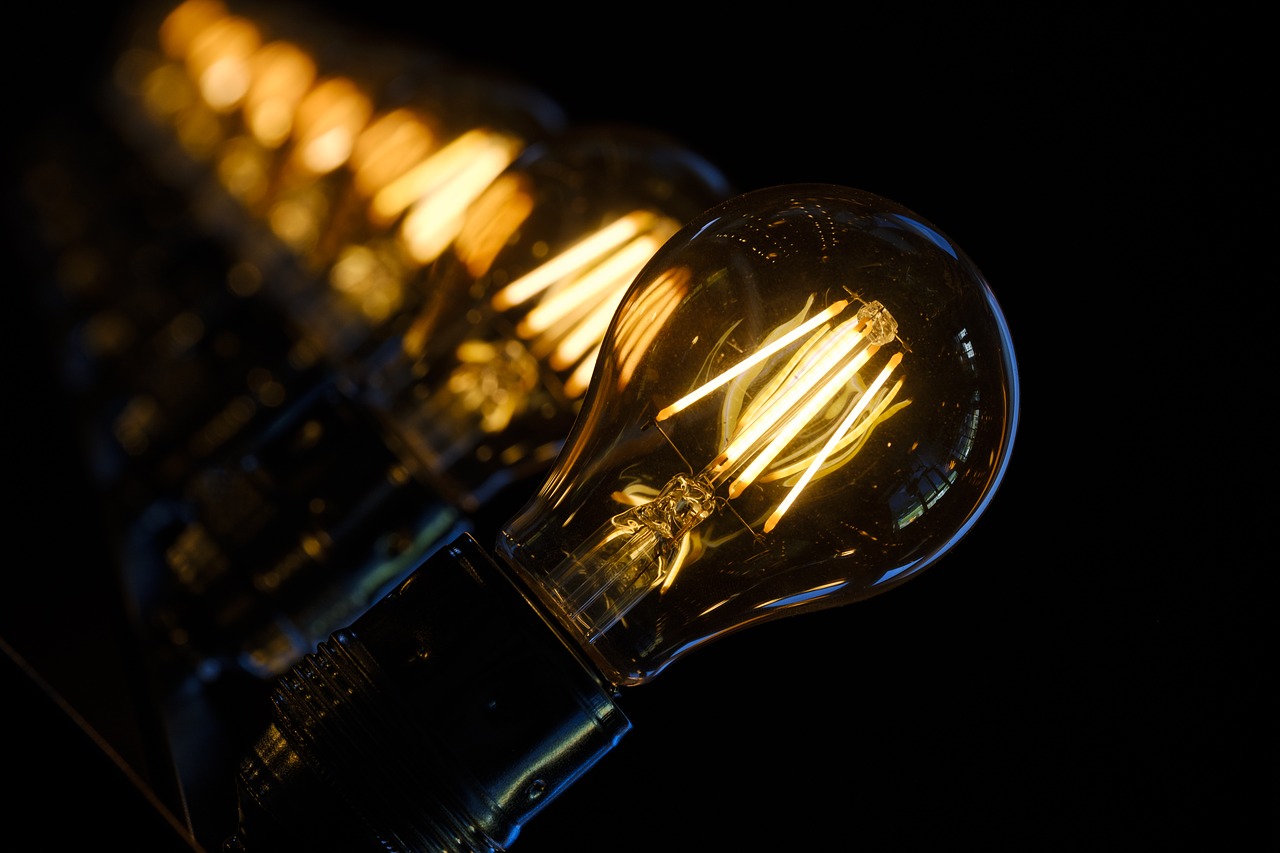Poland sets record for electricity production from renewable sources in 2022
The Energy Regulatory Office (URE) has published its annual report on electricity generation in small renewable energy installations. In 2022, Poland experienced a record increase in the number of producers and installations, but these results were largely influenced by the change in the definition of small installations. Photovoltaics are invariably the most popular.
According to the current regulations, the term small installation should be understood as an installation with a total installed capacity between 50 kW to 1 MW, connected to a network with a voltage of less than 110 kV. Until the end of 2021, smaller installations with a maximum capacity of 0.5 MW were included in the register of producers of small installations.
Over the past year, the number of power generators registered as small installations has gone up from 1,292 to 2,448, an increase by nearly 90 percent. In turn, the number of registered installations reached 2,327 units, from 1,932 to 4,259, an increase of 120 percent. More than 70 percent of these (3056) are installations using solar energy.
The total capacity of small installations also increased significantly: from 1 GW to more than 3 GW, and as a result, the amount of energy produced by them: from 532 GWh to 6.7 TWh. Most of the energy came from photovoltaic power plants. They produced more than 4.6 TWh, which is 69 percent of the total energy produced by small res installations.
In terms of the produced volume of energy biogas plants came in second, as they generated almost 1.4 TWh, which accounted for about 20 percent of the energy produced by small installations in 2022. Next came wind installations with more than 6 percent share in production and hydropower plants (four percent). Biomass plants still play a marginal role, generating only 0.11 percent of all energy from small-scale renewable energy installations.
Since 2016, the Energy Regulatory Office has been developing and publishing reports on energy generation in small renewable energy installations. Over the past eight years, the number of power producers in such installations has increased sixfold, from about 400 to more than 2,400, and the amount of energy produced has gone up more than fifty fold.
The report can be found here.
Energy Regulatory Office / Jędrzej Stachura
Energy bridge(s) between Poland and Ukraine
Prime Minister Mateusz Morawiecki revealed in the spring that Poland was talking about a second energy bridge after the Rzeszów-Khmelnytsky connection. It’s called Chełm-Równe, and BiznesAlert.pl has learned that Orlen and Synthos were interested in it.
„In 2022, a decision was made to start working on reviving the 400 kV Rzeszów-Khmelnytsky connection. Thanks to the joint involvement of Poland’s PSE and Ukrenergo (operators of the electricity transmission systems of Poland and Ukraine), the Rzeszów-Khmelnytsky connection has been successfully resumed,” the Polish Climate Ministry said. „This connection works synchronously and allows the exchange of electricity in both directions. On May 2, 2023, PSE also announced the start of a unilateral tender process for the transmission capacity at the Rzeszów-Khmelnytsky line for the booking period from May 15, 2023 to May 31, 2023,” the Ministry continued.
The Climate Ministry also referred to the second energy bridge, which Prime Minister Morawiecki spoke about at a conference on the reconstruction of Ukraine. „We are talking about the Równe-Chełm connection, there is also nuclear energy there and we could use green energy while meeting the strict requirements of the EU climate policy,” the Polish Prime Minister said in March 2023.
„We have noted Orlen Synthos Green Energy was interested in the construction of a private connection Chełm-Równe,” revealed the Ministry of Climate. „The concept of building this connection is currently being analyzed in terms of formal and market conditions,” the statement said.
OSGE is a company owned by PKN Orlen and Synthos dealing with small modular reactors. It says it would build the first one in 2029.
Wojciech Jakóbik









